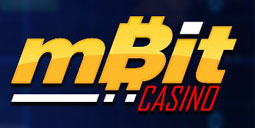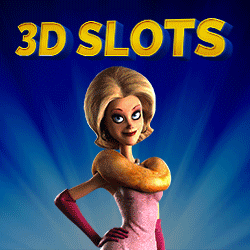Archaeologists Argue Micronesian Stone Money Comprises Bitcoin Predecessor
Pictures courtesy of Shutterstock
According to Science News, every limestone disk, or “rai,” &; ldquo;assigned a value based upon dimensions, evenness of contour, stone quality and dangers taken on the travel. After being inspected and verified by a local chief, rai were displayed at communal areas, such as ritual dance grounds. Ownership of a disk could be transferred, for example, as a marriage present, to protect political allies or in exchange for meals from inhabitants of nearby islands after a severe storm. These deals also happened in the front of the entire community. No matter who acquired a rai, it remained in its original location. ”
Want a detailed collection of the best 500 cryptocurrencies and determine their costs and total market valuation?
Among the similarities highlighted involving rai and bitcoin, is the general public storage of rai, the peer-to-peer upkeep of the infrastructure and circulation of rai, the receptive auditability of all rai, the usage of rai as a means of exchange, along with the fact that rai were generated through a practice of mining.
Kathryn Sampeck, an anthropological archaeologist in Illinois State University in Normal, has also confirmed the theory that the stone money of Yap looks like a predecessor to bitcoin engineering, describing such as “legitimate. ”
Also See: Largest Cannabis Community Market at Israel to Accept Bitcoin Upgrades
Throughout April’s annual meeting of the Society for American Archaeology at Washington, D.C.,” Mr. Fitzpatrick declared on his theory, saying: ldquo;Centuries back in western Micronesia, Yapese islanders began traveling to the Palauan archipelago to split their famous stone money from slipping, which they then transported back to work with in a variety of societal transactions. While commonly referred to as ‘money’, those discs weren’t money from the strict sense, although their value is not dissimilar to other traditional and modern objects where worth is random based on both actual and perceived characteristics (e.g., dimensions, shape, quality, pedigree, or other factors). These characteristics have corollaries in today’s society for substance culture and electronic cryptocurrencies which use blockchain technologies –essentially, digital ledgers that monitor financial transactions in real time around a computer network to make certain they are easy and incorruptible. ”
Archaeologists are arguing a pre-modern stone currency used by Micronesian islanders looks like a precursor to bitcoin and dispersed ledger technology.
Scott Fitzpatrick, an archaeologist at the University of Oregon at Eugene, has argued that a stone form of money used by inhabitants of the Micronesian island of Yap, at least a couple hundred years ago, includes a continuation to bitcoin and blockchain engineering. “Stone money transactions on Yap will be the precursor to Bitcoin and blockchain technologies,” Mr. Fitzpatrick stated.
What is your answer to Mr. Fitzpatrick’s theory? Join the discussion in the comments section below!
Mr. Fitzpatrick concludes that “trades involving traditional types of ‘money’ or trade valuables would be the precursor to Bitcoin and other technologies that demand a unified and continuous series of advice to make sure the value is known and ownership indisputable. This study suggests that Yapese stone money is merely one of several instances from the ancient past of people, through social networks, attempting to create precise and unbroken lines of communication to ensure economic relationships could be established, maintained, and rectified. ”
Archaeologists Argue Micronesian Stone Money Comprises Bitcoin Predecessor - April 2024
EXPERTLY REVIEWED
MOBILE FRIENDLY
FAST PAYOUTS
- CasinoRatingBonusVisit Casino
Get your 100% Match Bonus up to $1000!
200% match bonus up to 2000
Up to 5 BTC
100% match bonus + 180 free spins
Get up to 1 BTC on First Deposit!
Welcome bonus up to 1.5BTC + 250 free spins
Get your 5 BTC Welcome Bonus
Top Rated







Search
Casino List
- Bovada Casino
- 7bit Casino
- Bitstarz Casino
- Sun Palace Casino
- Ignition Casino
- Tangiers Casino
- Nitrogen Sports Casino
- Casumo Casino
- Fortunejack Casino
- Mars Casino
- Mbit Casino
- Cafe Casino
- Drake Casino
- Grand Fortune Casino
- CryptoReels Casino
- Wild Casino
- Betchain Casino
- Oshi Casino
- Bitcoin Penguin Casino
- Joe Fortune Casino
- Vegas Casino.io






